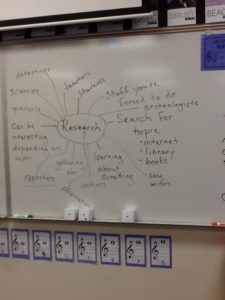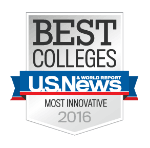CITME recently played a role in supporting the We Are All Musical project at Spark! Mesa’s Festival of Creativity. We Are All Musical, a project curated by Evan Tobias, aimed to provide Spark! festival attendees with numerous opportunities to realize their musical potential.
We Are All Musical included the following opportunities:
Drum Village – People engaged in drum circles of varied musical styles throughout Spark!
Digital Music and Push Playground – People used Ableton Live, Ableton Push units, a Novation Circuit and other instruments to create, perform, and share music in a supportive environment
STEAM Space – People designed and played music with instruments, created music by coding and programming, and engaged with interactive musical art by combining science, technology, arts, and math.
Musical Garden – Young children and their family members played and expressed themselves through music
Make Mobile Music – People explored how they could be musical with mobile devices and music apps
The Jam Lounge – People jammed with others using electronic instruments and iPad apps
Make Hip Hop – People learned how to make beats, write rhymes and MC, and DJ with local Hip Hop group, Shining Soul
CITME supported several of these aspects of We Are All Musical by facilitating people’s engagement and developing or sharing resources for people to learn more and extend their engagement after the Spark! festival.
Learn more about We Are All Musical @ Spark! 2017
Learn more about Spark! Mesa’s Festival of Creativity 2017
Explore CITME’s initiatives around STEAM, Maker Culture, and music
Explore some of CITME’s resources for connecting STEAM, music, engagement, and learning


